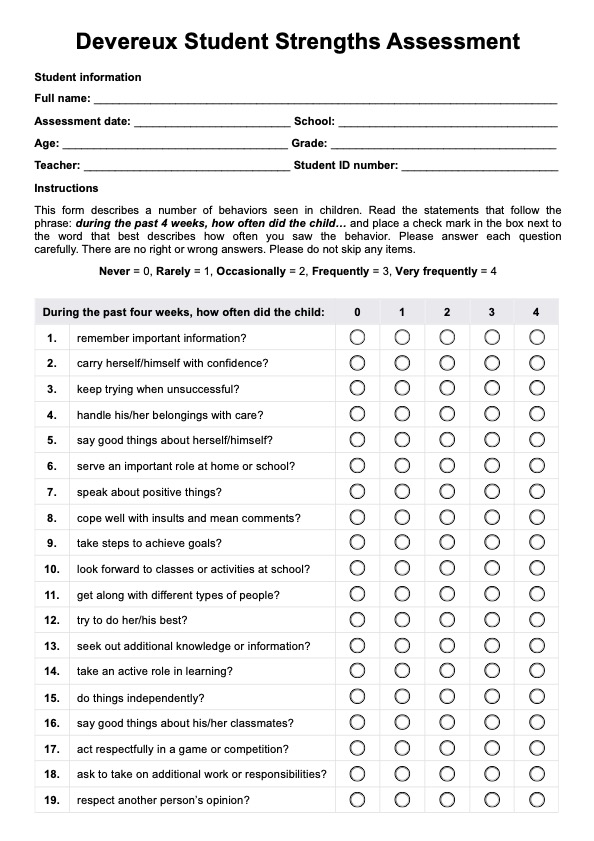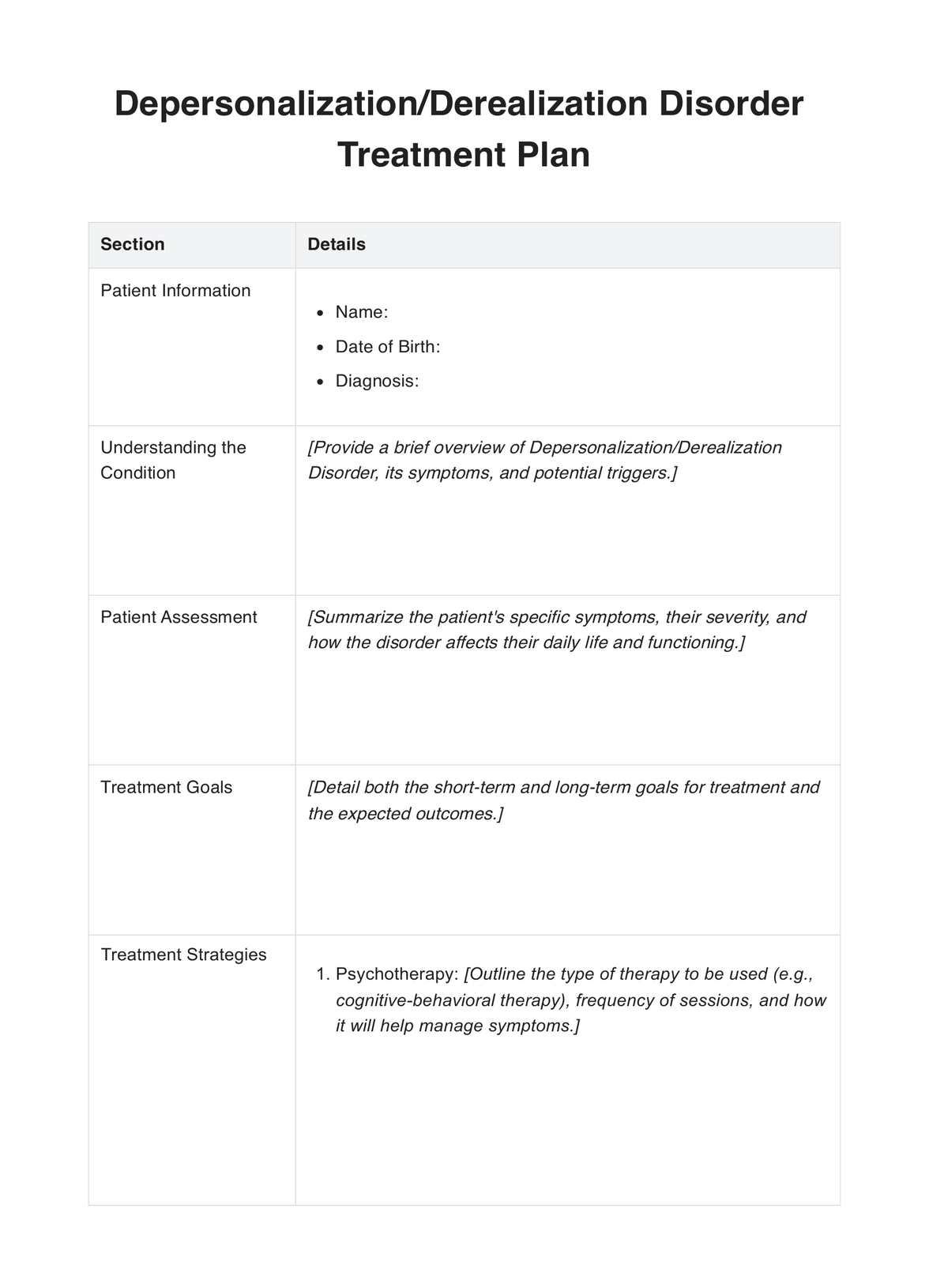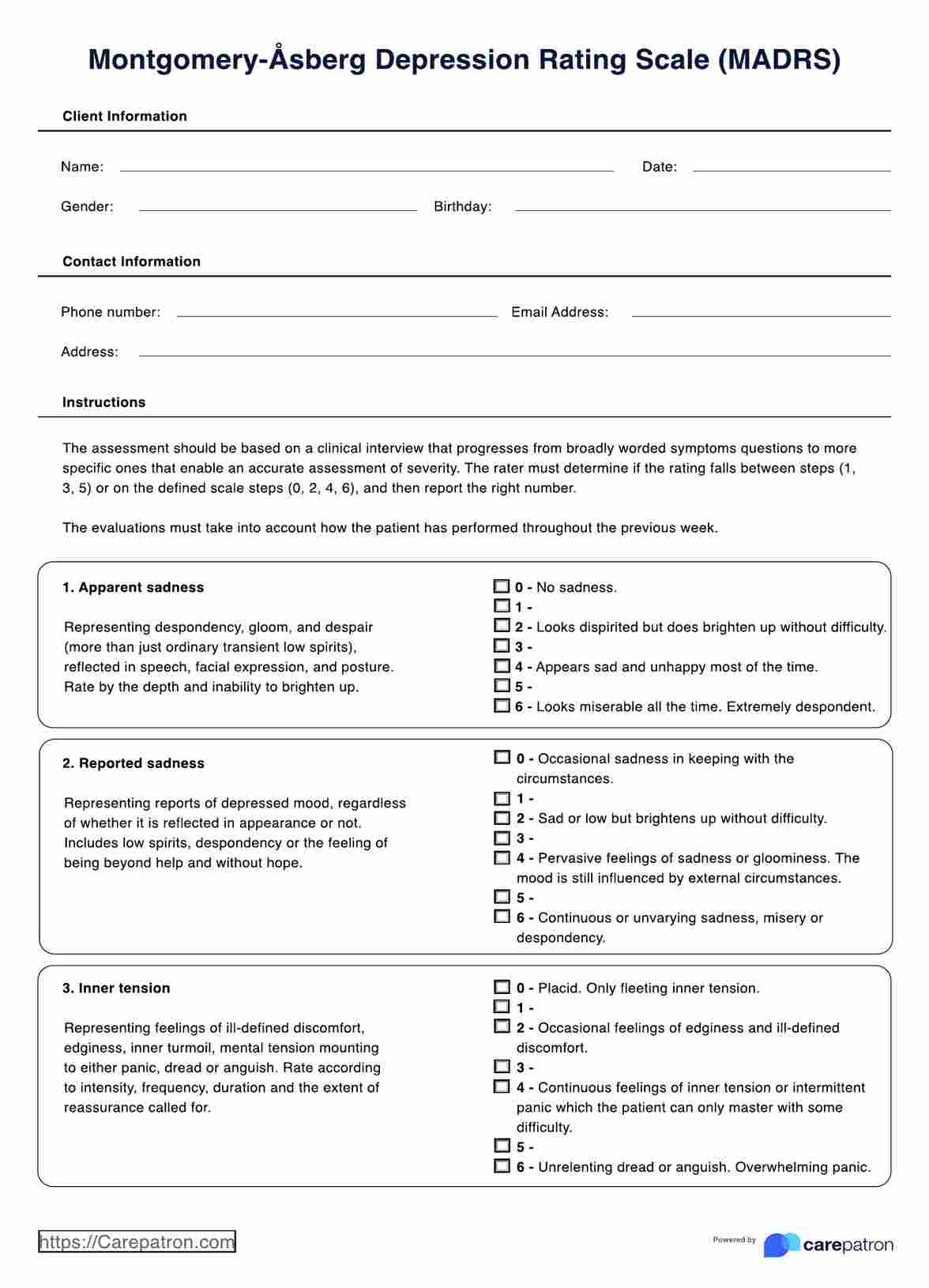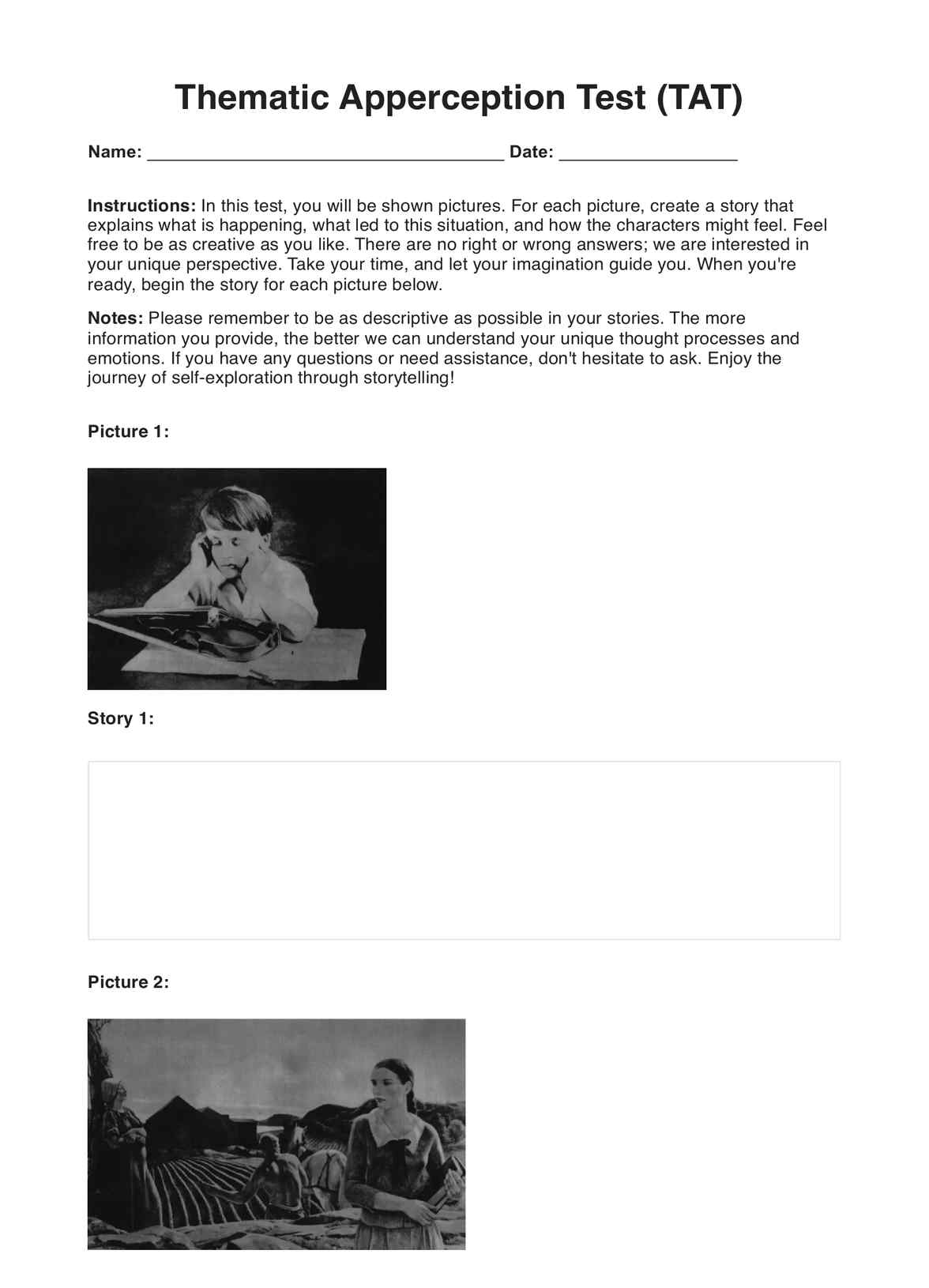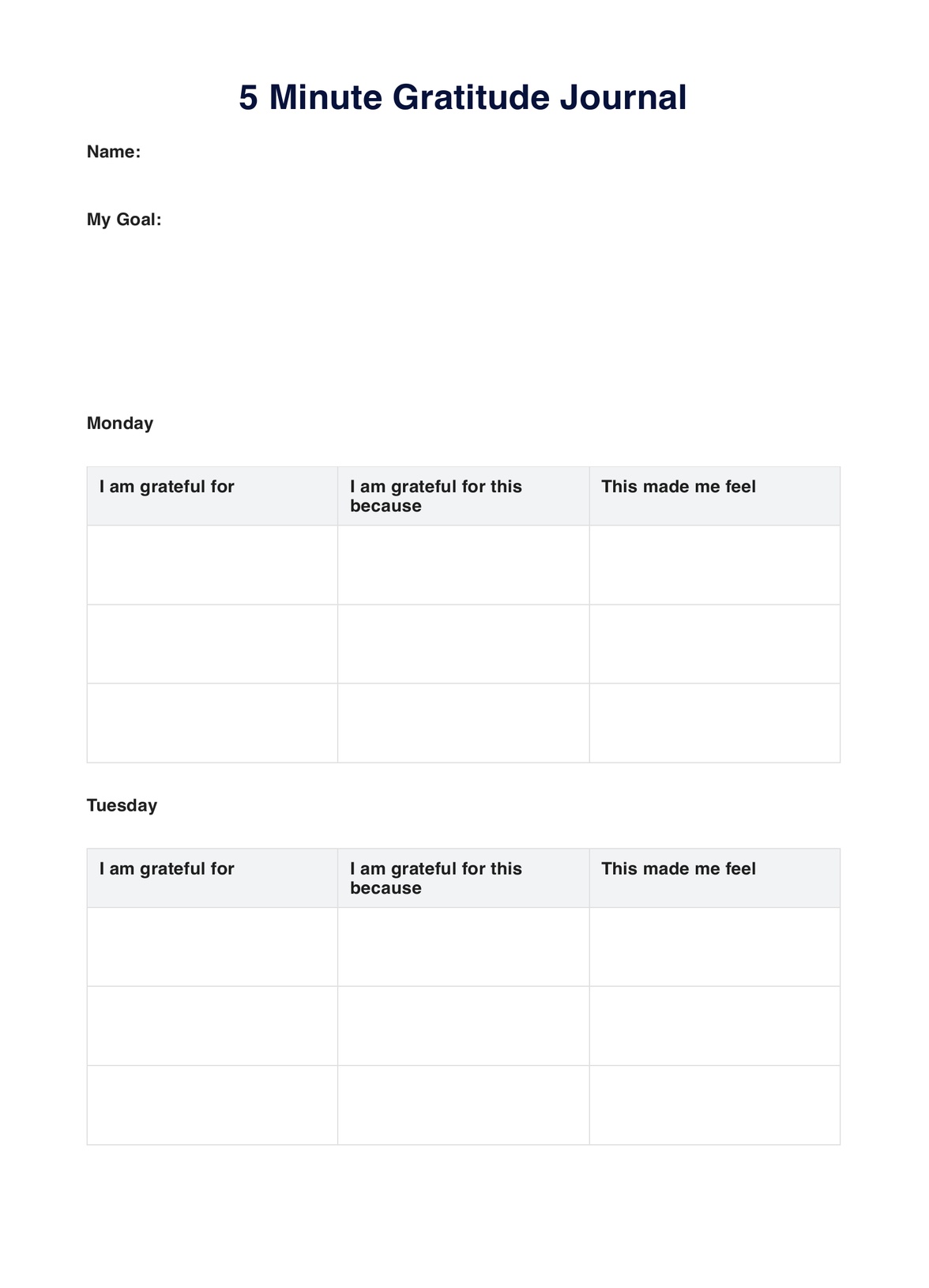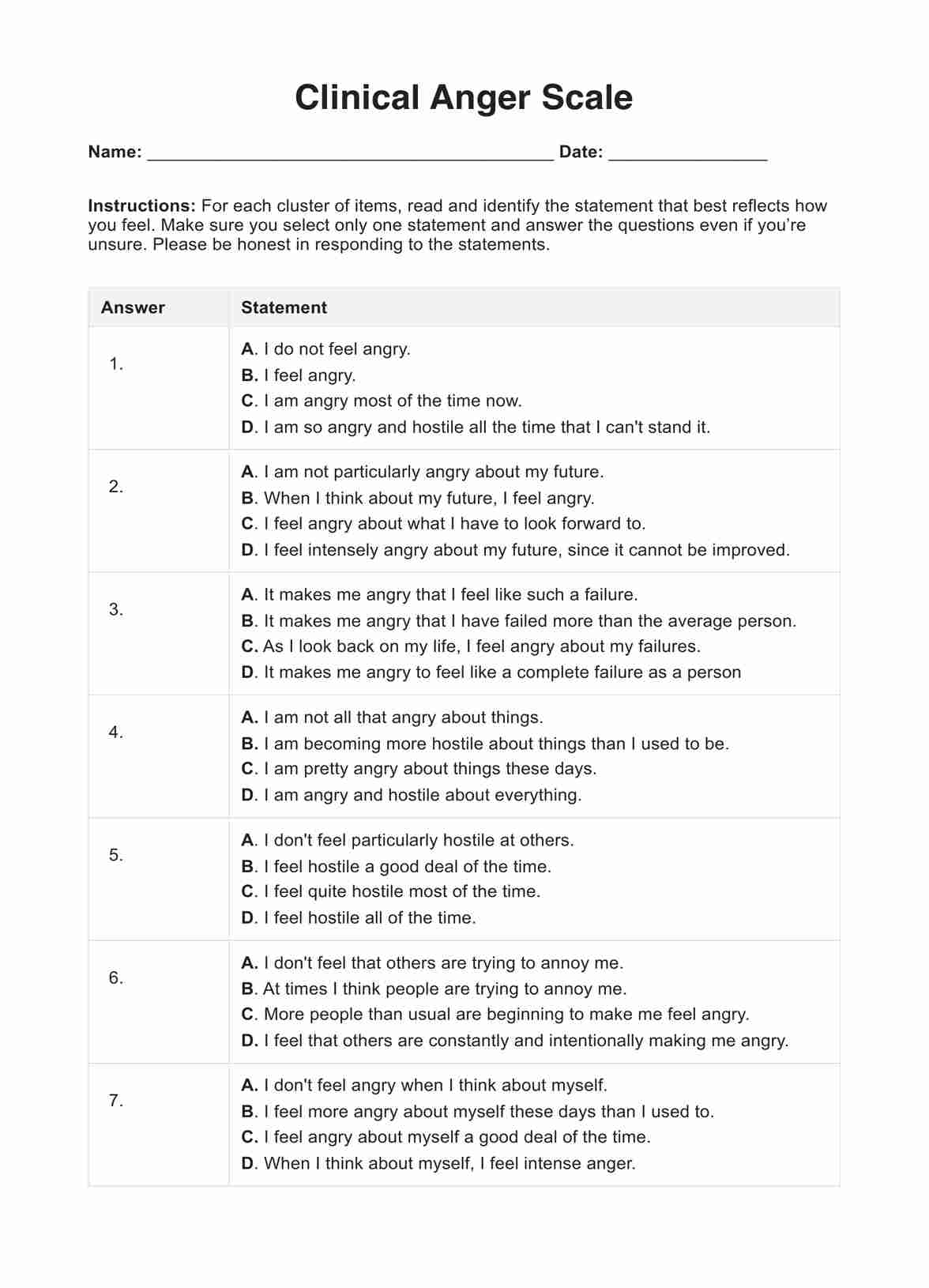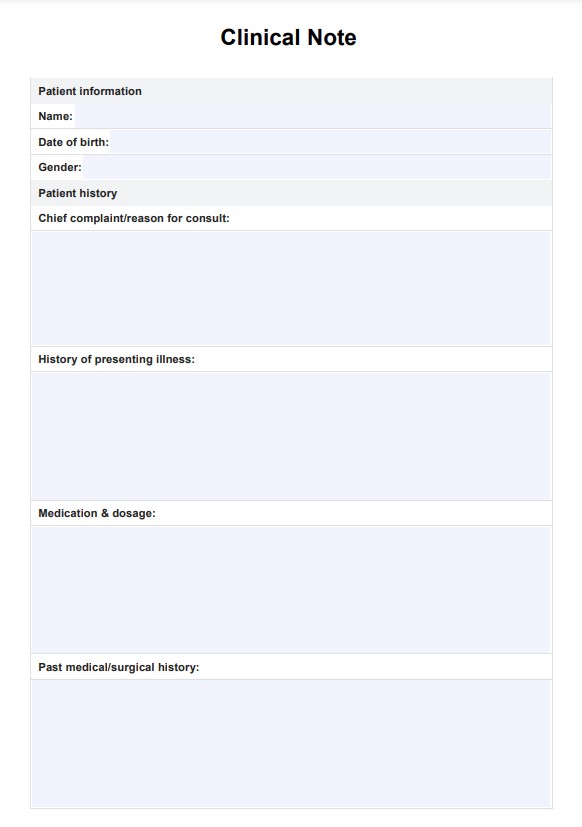Bipolar 2 Checklist
Use our Bipolar 2 Checklist Template as a valuable resource for evaluating and addressing symptoms of Bipolar 2 Disorder. Download the template here.


What is a Bipolar 2 Checklist?
The Bipolar 2 Checklist Template is a crucial tool designed for the comprehensive assessment and management of Bipolar 2 Disorder, characterized by distinct mood fluctuations. Tailored for both healthcare professionals and individuals facing the challenges of this disorder, the template offers a meticulous and structured approach to ensure accurate diagnosis and efficient care.
Structured for a systematic evaluation of bipolar disorder symptoms, the template encompasses the intricate details of manic and depressive episodes. This thorough assessment proves valuable, especially in cases involving childhood bipolar disorder, where symptoms may present with subtlety.
The template's efficiency lies in streamlining the assessment process, facilitating healthcare professionals in gathering essential information promptly, and allowing for timely diagnosis and intervention to minimize the profound impact of the disorder on an individual's life.
Beyond its diagnostic role, the Bipolar 2 Checklist Template is a dynamic foundation for crafting personalized treatment plans. Healthcare professionals can tailor interventions, such as medication and psychotherapy, based on each individual's unique needs and symptom profiles.
This personalized approach not only addresses immediate concerns but also fosters a deeper understanding of the complexities associated with bipolar disorder, empowering individuals to manage their symptoms effectively and enabling informed decision-making regarding their ongoing care.
Bipolar 2 Checklist Template
Bipolar 2 Checklist Example
How does it work?
Steps involved with filling out a Printable Bipolar 2 Checklist Template:
Gathering information
Before starting the assessment, gather essential patient information, such as their name, age, gender, and any relevant medical history. This contextualizes the evaluator's observations.
Assessing mood swings
Evaluate the presence and severity of mood swings, including both manic and depressive episodes. Identify patterns or triggers for these mood changes.
Evaluate energy levels
Assess the individual's energy levels, noting any changes in energy patterns. Observe for increased energy (hyperactivity) during manic episodes and decreased energy (fatigue) during depressive episodes.
Evaluate sleep patterns
Assess any changes in sleep patterns, including insomnia during manic episodes and hypersomnia during depressive episodes. Note the duration and quality of sleep.
Examine behaviors
Assess for any changes in behavior, such as increased impulsivity, risk-taking behaviors, or social withdrawal. Observe for any signs of psychosis or delusions.
Documenting findings
Clearly document all observations and findings in the checklist. Note any specific examples of behaviors or interactions that support the assessment.
Interpreting findings
Analyze the collected information to identify patterns and potential signs of Bipolar 2 Disorder. Consider the severity of symptoms, their impact on daily life, and any underlying conditions that may contribute to the observed behaviors.
Discussing findings with the individual
Communicate the findings of the assessment to the individual in a clear and understandable manner. Address any concerns, provide information about Bipolar 2 Disorder, and discuss the next steps.
When would you use this Template?
Self-assessment
Individuals who suspect they may have Bipolar 2 Disorder can use the checklist to assess their symptoms and determine if further evaluation is warranted.
For example, a person is experiencing mood swings, increased energy, or difficulty sleeping and is concerned that they may have Bipolar 2 Disorder.
Screening tool for healthcare professionals
Healthcare professionals, such as psychologists, psychiatrists, or primary care physicians, can use the checklist as a screening tool during initial assessments to identify potential cases of Bipolar 2 Disorder.
For example, a healthcare professional is conducting an initial assessment of a patient who is presenting with symptoms of depression or anxiety.
Tracking symptom severity
Individuals with Bipolar 2 Disorder can use the checklist periodically to track the severity of their symptoms and monitor their response to treatment or interventions. This ongoing assessment helps tailor support and adjust treatment plans as needed.
For example, a therapist is working with an individual with Bipolar 2 Disorder to track the severity of their symptoms and monitor their response to medication or therapy.
Evaluating treatment effectiveness
Healthcare professionals can use the checklist to evaluate the effectiveness of treatment interventions, assessing whether symptoms are improving or if adjustments to the treatment plan are needed.
For example, a psychiatrist is evaluating the effectiveness of a treatment plan for an individual with Bipolar 2 Disorder.
Improving communication and understanding
The checklist can facilitate communication and understanding between individuals with Bipolar 2 Disorder, their families, and healthcare providers. It helps everyone involved understand the individual's strengths, challenges, and treatment needs.
For example, a family member or friend of an individual with Bipolar 2 Disorder is trying to better understand the condition and how it affects their loved one.
What do the results mean?
When using a Free Bipolar 2 Checklist Template, common results include:
Mood swings
- Elevated mood: Individuals with Bipolar 2 Disorder may experience hypomanic episodes characterized by feeling excessively happy, euphoric, or elated. These episodes are less severe than manic episodes but still cause significant distress and impairment.
- Depressive mood: Individuals with Bipolar 2 Disorder experience major depressive episodes, characterized by feeling sad, hopeless, or discouraged. These episodes are more severe and longer-lasting than depressive episodes in Bipolar 1 Disorder.
Energy levels
- Increased energy (hypomania): During hypomanic episodes, individuals may experience increased energy levels, leading to excessive activity, restlessness, and difficulty sleeping.
- Decreased energy (depression): During depressive episodes, individuals may experience decreased energy levels, leading to fatigue, lack of motivation, and difficulty completing tasks.
Changes in energy levels are often associated with changes in mood and can significantly impact an individual's daily life.
Sleep patterns
- Insomnia: During hypomanic episodes, individuals may experience insomnia, characterized by difficulty falling asleep or staying asleep.
- Hypersomnia: During depressive episodes, individuals may experience hypersomnia, characterized by excessive sleepiness and difficulty waking up.
Changes in sleep patterns are often associated with changes in mood and can exacerbate other symptoms.
Behavior
- Impulsivity: During hypomanic episodes, individuals may engage in impulsive behaviors, such as making risky decisions, spending excessive money, or engaging in risky sexual behaviors.
- Social withdrawal: During depressive episodes, individuals may withdraw from social activities, isolate themselves from others, and lose interest in previously enjoyable activities.
Changes in behavior can significantly impact an individual's relationships, work performance, and overall well-being. Other common results include racing thoughts, psychomotor retardation, hypersensitivity
Research & evidence
The use of a Bipolar 2 Checklist Template is crucial in addressing misdiagnosis challenges, especially between bipolar disorder (BP) and major depressive disorder (MDD). In a study employing a Chinese version of the 15-point hypomania scale (HCL-15) on 623 individuals in a major depressive episode (MDE), the HCL-15 demonstrated effective sensitivity and specificity, with a cutoff score of 8 or more, particularly for BP-II.
This emphasizes its potential as a valuable screening tool in clinical practice to prevent misdiagnoses, especially in distinguishing between bipolar subtypes. The research underscores the significance of incorporating a comprehensive Bipolar 2 Checklist Template in clinical assessments to improve diagnostic accuracy and guide appropriate treatment strategies for better mental health outcomes (He et al., 2014).
The Bipolar 2 Syndrome Checklist offers a pioneering perspective on the impact of Bipolar II Disorder, aiming to understand the common personality traits associated with this condition.
Initiated by the author's observations of shared complaints among Bipolar II patients, this checklist, completed by 105 participants, reveals prevalent symptoms such as anxiety, low self-esteem, paranoia, extreme hurtfulness, migraine, Post Partum Depression, obsessive traits, and familial alcoholism. While the study has limitations, including the absence of a control group and lack of systematic validation, it introduces a novel approach to viewing Bipolar II Disorder as a syndrome with multifaceted symptoms.
Despite its limitations, this checklist proves valuable in broadening our understanding of Bipolar II Disorder, contributing to improved diagnostic and treatment accuracy by prompting clinicians to consider a wider range of symptoms that may require attention (Gudmundsson, 2015).
References
User Gudmundsson, E. (2015). The bipolar II disorder personality traits, a true syndrome? Journal of Affective Disorders, 178, 107–111. https://doi.org/10.1016/j.jad.2015.02.030
He, H., Xu, G., Sun, B., Ouyang, H., Dang, Y., Guo, Y., Miao, G., Rios, C., Akiskal, H. S., & Lin, K. (2014). The use of 15-point hypomanic checklist in differentiating bipolar I and bipolar II disorder from major depressive disorder. General Hospital Psychiatry, 36(3), 347–351. https://doi.org/10.1016/j.genhosppsych.2013.12.008
Substance Abuse and Mental Health Services Administration. (2016, June). Table 3.23, DSM-IV to DSM-5 Bipolar II Disorder Comparison. Nih.gov; Substance Abuse and Mental Health Services Administration (US). https://www.ncbi.nlm.nih.gov/books/NBK519704/table/ch3.t23/
Commonly asked questions
Bipolar 2 Checklists are created by mental health professionals or organizations that develop standardized assessments, such as Carepatron.
Bipolar 2 Checklists are used when healthcare professionals need to screen for potential cases of bipolar disorder or when individuals suspect they may have the condition.
Healthcare professionals use bipolar 2 Checklists to evaluate various aspects of bipolar disorder symptoms, including mood swings, energy levels, sleep patterns, and behavior.


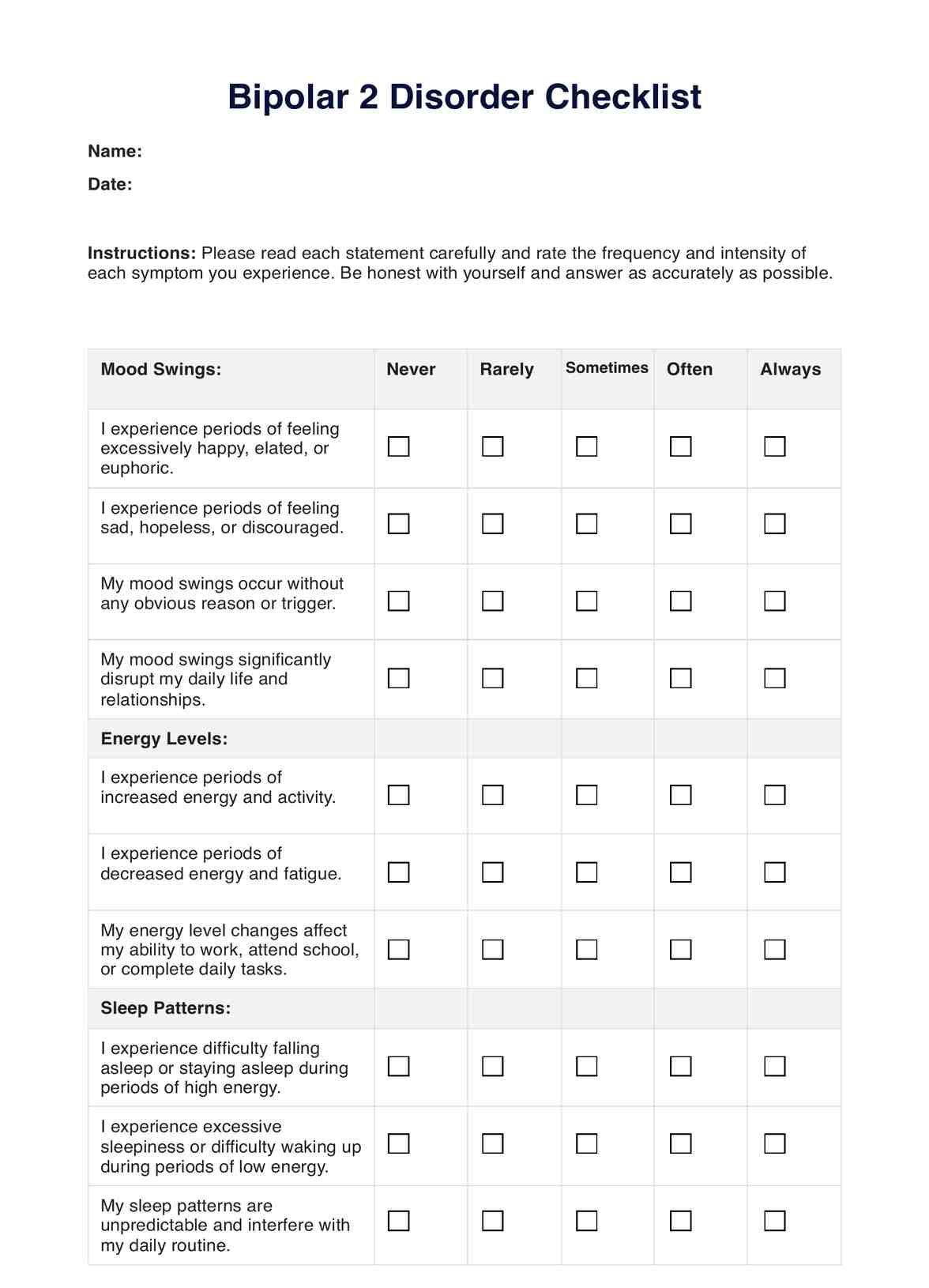
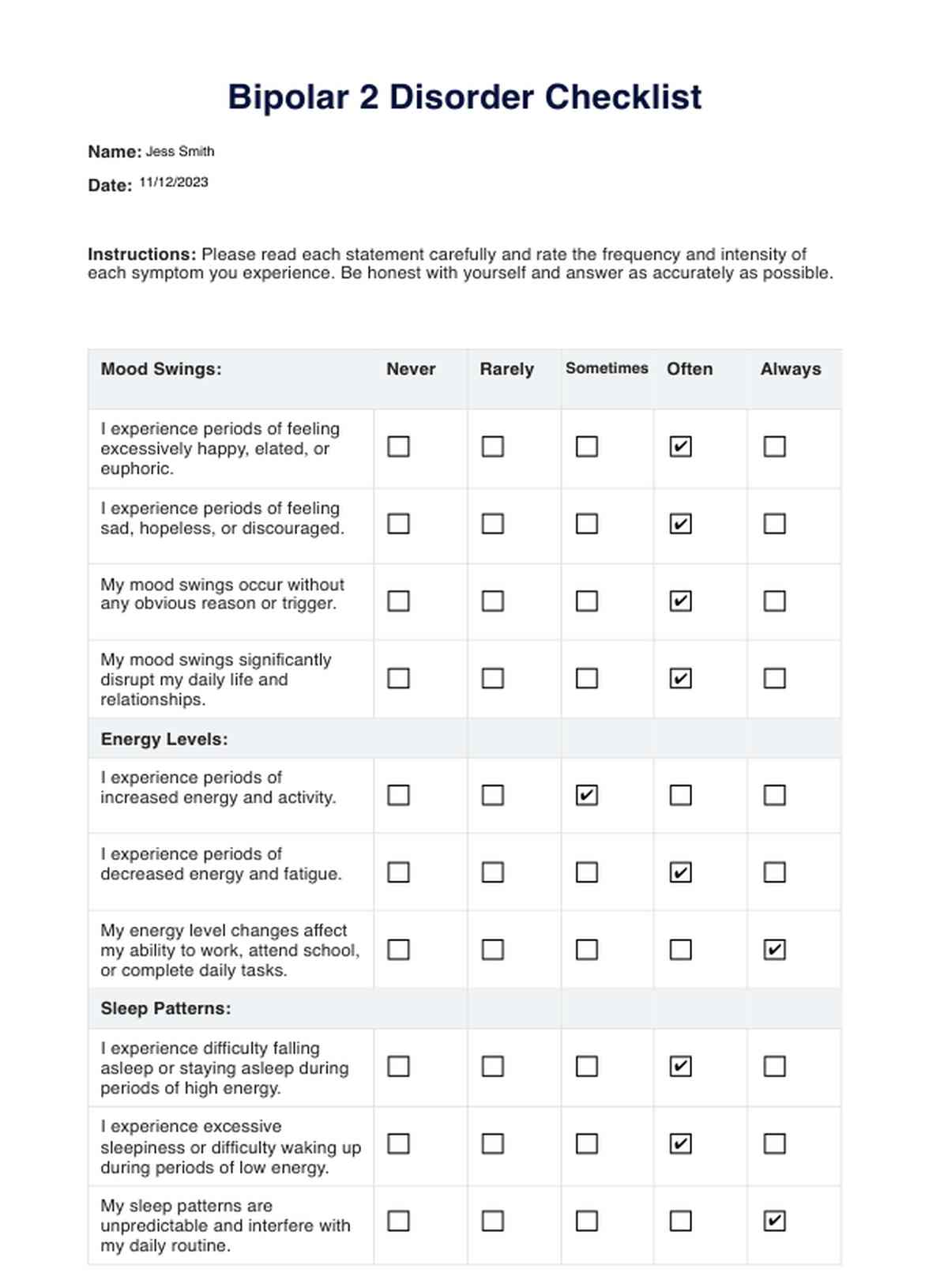

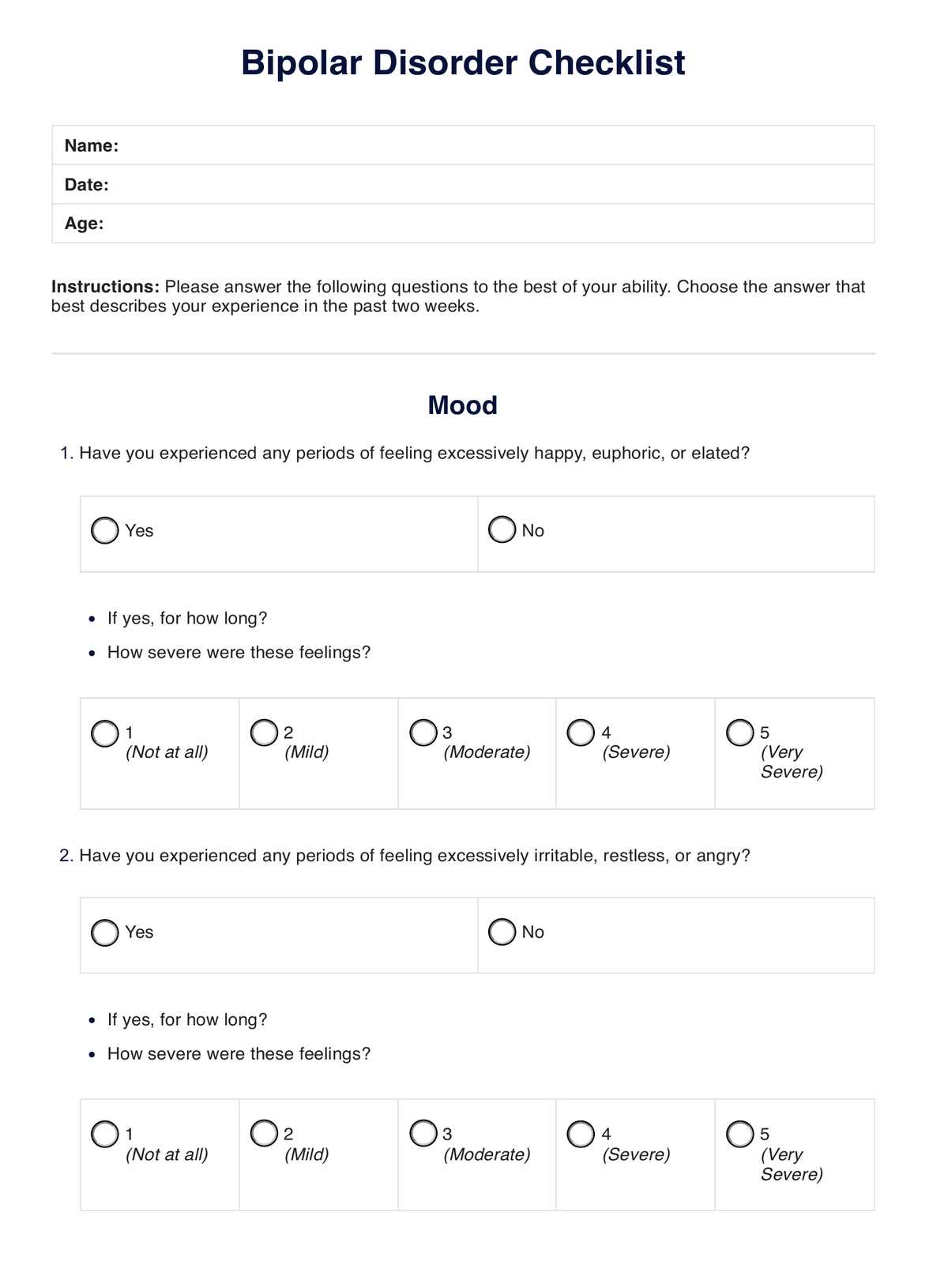
















-template.jpg)
































